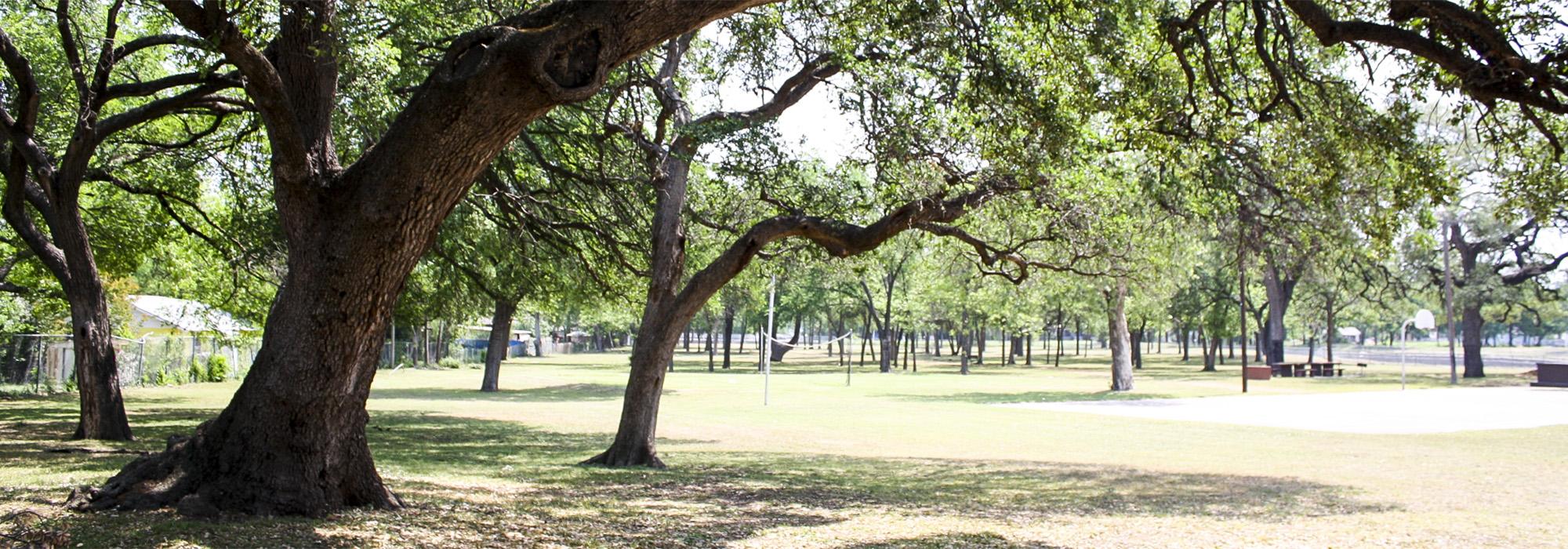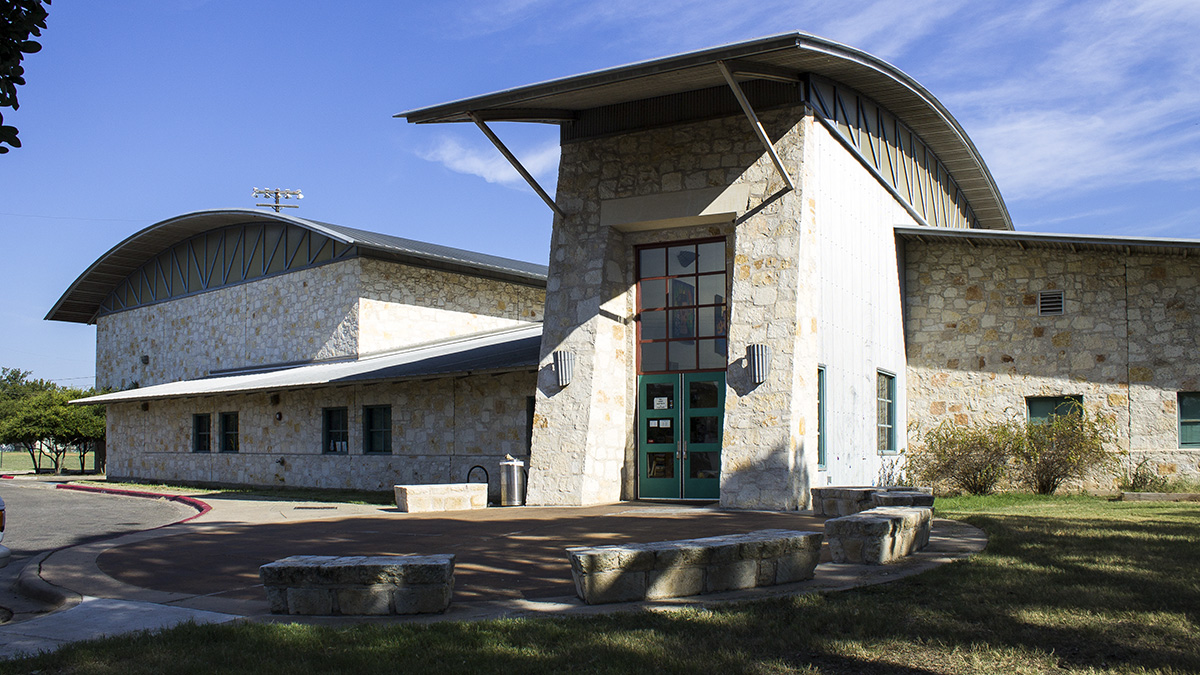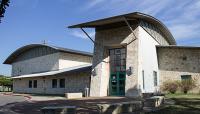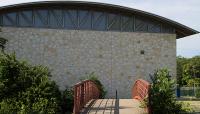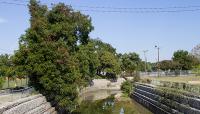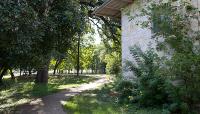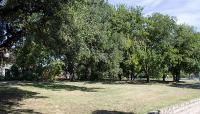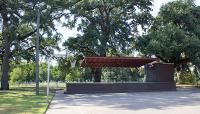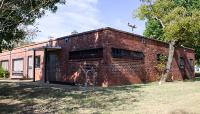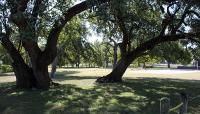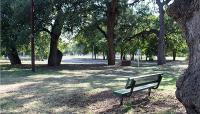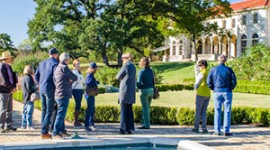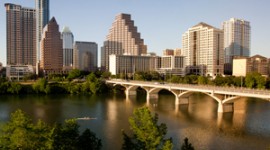Named for General Ignacio Zaragoza Seguin, notable for his role in defeating French troops at Puebla de los Angeles, Mexico, in 1862, this fifteen-acre park is significant for its role in Hispanic culture. Although the park was officially established in 1931, an influx of Hispanic immigrants to the area had commenced in 1910 with the Mexican Revolution and continued through the 1920s. In 1929 Hispanic civic leaders approached the City of Austin with the idea of a park. That same year, adjacent to the site that is now Parque Zaragoza, the community recognized Diez y Seis, a celebration in September that commemorates Mexican Independence. In 1931 the City of Austin dedicated Zaragosa Park on a 9.3-acre parcel bisected by Boggy Creek. Tennis courts and a bandstand were constructed, and a pool and bathhouse were added in 1933. Hispanic community leaders established groups who volunteered labor to develop the park and its programming, which included organized baseball games on a concrete slab with bases painted on it. In 1941 community members and the National Youth Administration converted the bathhouse into a recreation center.
Additional acreage was added over the years. In the 1980s, the U.S. Army Corps of Engineers channelized Boggy Creek with riprap and, in 1988, the park was renamed to reflect the proper spelling of Zaragoza. In 1996 a 17,000-square-foot recreation center was constructed, with murals painted by Austin artist Fidencio Durán. Two pedestrian bridges over the creek promote an ease of accessibility throughout the park with athletic fields and the recreation center to the south while the pool, tennis courts, and a shaded lawn occupy the north.



